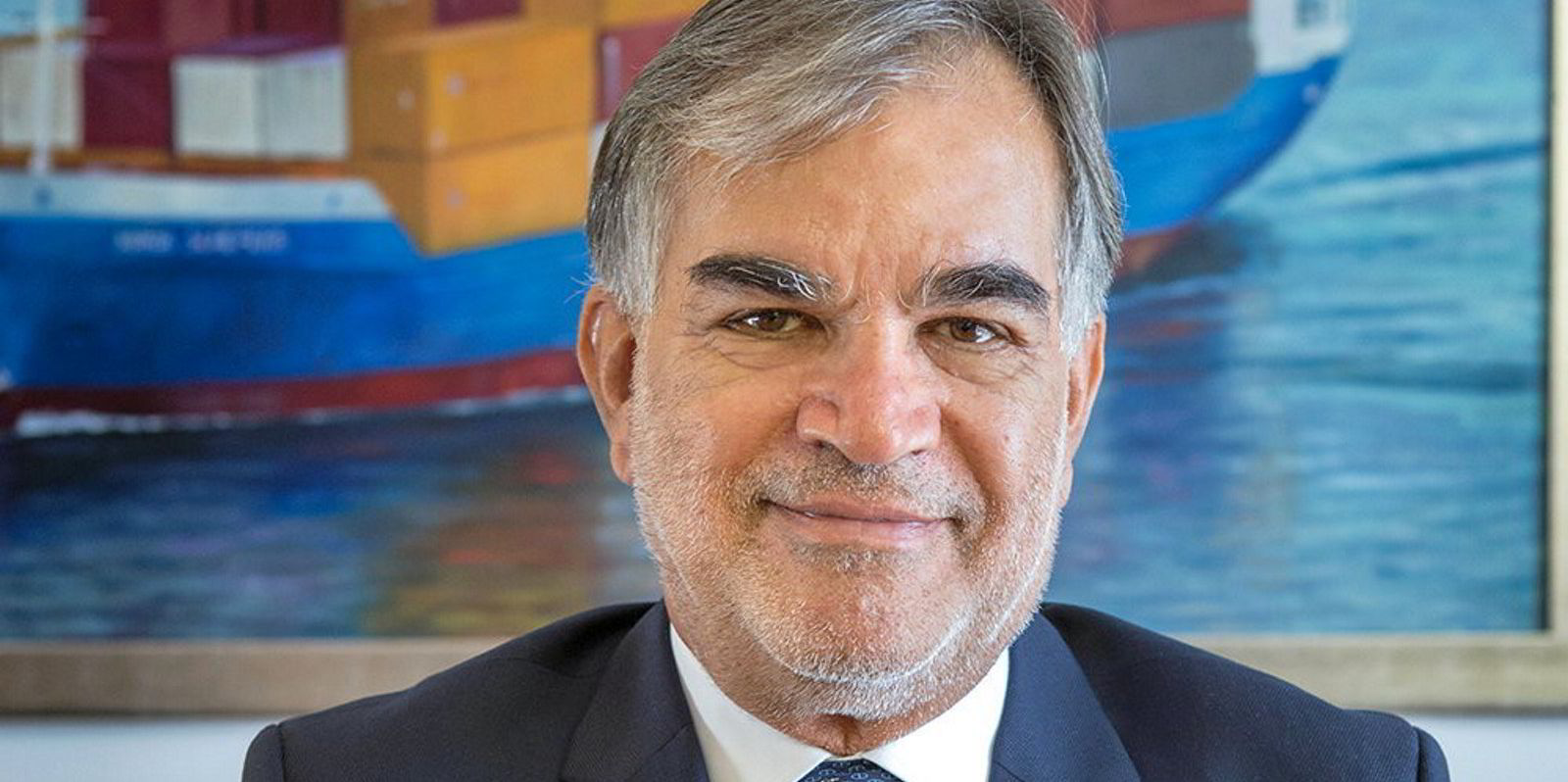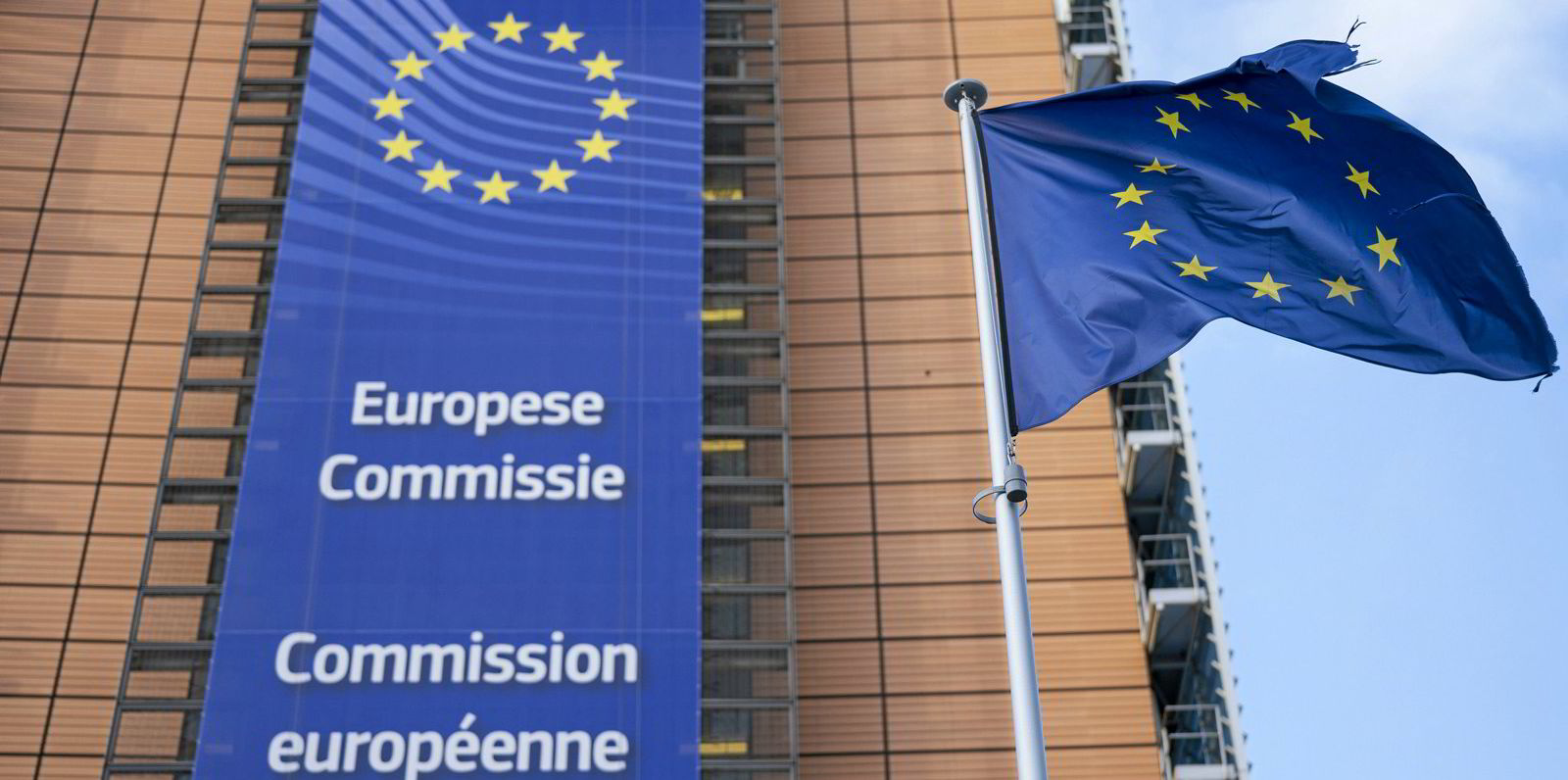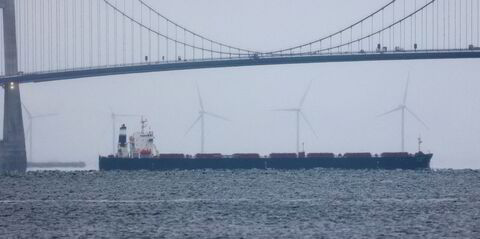The European Union has produced a detailed assessment of all types of ship-sourced pollution in the region as it prepares to step up its environmental regulation.
The European Maritime Transport Environment Report was produced jointly by the European Environment Agency and European Maritime Safety Agency.
Its findings are already being used to justify controversial initiatives, such as the inclusion of shipping in its regional emissions trading scheme (ETS).
“This important new evidence base is already providing us with a strong rationale for two important EU proposals aimed at supporting maritime transport to confront its challenges: FuelEU Maritime, which will kickstart the use of sustainable alternative fuels in the sector and the integration of shipping into the EU's ETS,” said environment commissioner Virginijus Sinkevicius and transport commissioner Adina Valean.
“We are convinced that these initiatives will allow us to lead the way towards zero-emission, zero-pollution shipping, and chart our course towards a more competitive, modern, sustainable and resilient maritime sector that is fit for the future.”
The weighty document covers air, oil, water, plastic, recycling, litter and even noise pollution produced by ships.
Among its findings the report said shipping produced 13.5% of transport related greenhouse gas emissions in the region, which compares quite well to 71% produced by road traffic and 14.4% produced by aviation.
Shipping also plays a critical role in EU trade. It carried 77% of the EU’s external trade and 35% of intra-EU trade, the report revealed.
Emissions on the rise

In 2018, ships calling at EU and European Economic Area ports emitted around 140m tonnes of CO2, representing 18 % of the global CO2 emissions from international shipping.
Around one third of shipping emissions in the EU were caused by containerships. But the report also pointed out shipping emissions are on the rise.
CO2 emissions from international maritime transport in the EU decreased by 17% between 2005 and 2015, due to slow steaming and other factors. CO2 emissions are, however, projected to go up by 18% by 2030, compared to 2015, and by 39% by 2050.
Under a proposed climate law the EU is targeting at least a 55% reduction in carbon emissions below 1990 levels by 2030.
In other findings, the report revealed underwater noise levels have doubled between 2014 and 2019. Ballast water and hull fouling has also been responsible for introducing half of the non-indigenous species into European waters since 1949.
"Although maritime transport has improved its environmental footprint in past years, it still faces big challenges when it comes to decarbonising and reducing pollution," said the EC’s Valean.
"Based on all the latest evidence, our policies aim to help the sector confront these challenges, by making the most of innovative solutions and digital technologies.”






